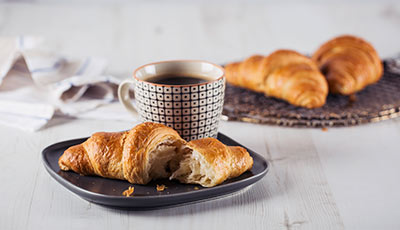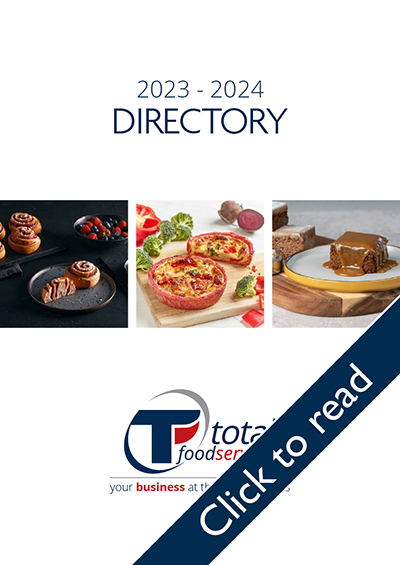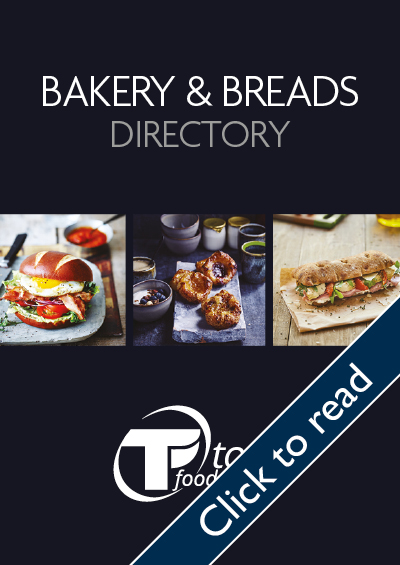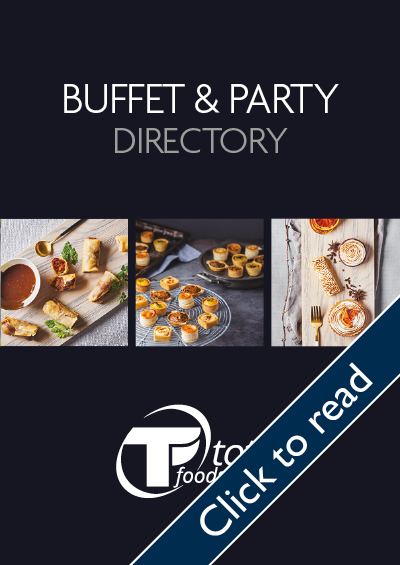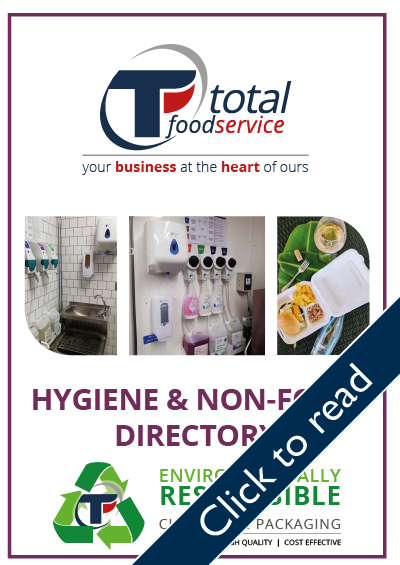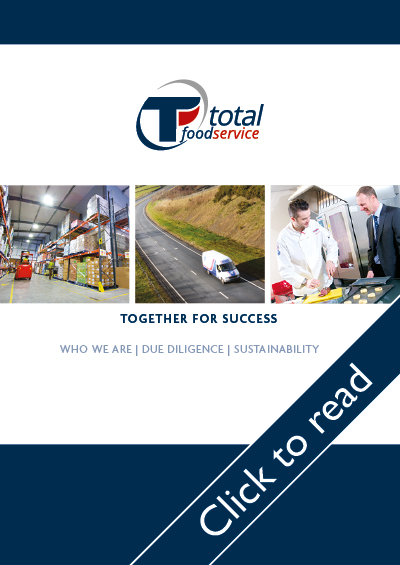Catering for people with Dysphagia
Dysphagia is where someone experiences swallowing difficulties. Some people with dysphagia have problems swallowing certain foods or liquids, while others can’t swallow at all. 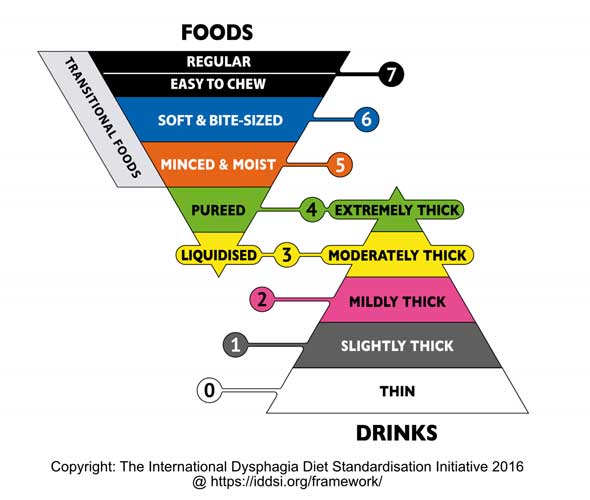
There are differing levels of severity of dysphagia, so it is important to ensure you cater to these different needs.
IDDSI (International Dysphagia Diet Standardisation Initiative) have created a framework that consists of a continuum of 8 levels (0-7) where drinks are measured from Levels 0-4 and foods from levels 3-7. The IDDSI Framework provides a common terminology to describe food textures and drink thickness. IDDSI tests are intended to confirm the flow or textural characteristics of a particular product at the time of testing.
The goals of catering for people with dysphagia are to ensure they are not becoming malnourished or losing substantial amounts of weight. This means adding fortified ingredients to food to boost the nutritional value of them.
When pureeing, food can sometimes become watered down so ensure you taste things once they’ve been pureed; make sure the taste is enjoyable and full flavoured. When pureeing it is a good idea to add cream as it is increases the nutritional value and helps provide a richer flavour. Not only that but often as people get older, they feel they need food with more flavour. It is imperative to make sure the food you’re serving to residents is very full flavoured to provide the best opportunity for maximum consumption therefore, maximum nutritional intake.
Many people who suffer from dysphagia develop it as a secondary ailment. For example, many people with dysphasia have dementia, this adds another layer of difficulty in ensuring people are getting their recommended daily nutritional intake. A key to overcoming these layered challenges is to break them down. Firstly, in the literal sense of pureeing, but also to adapt meals for varying stages of dysphagia.
HB Ingredients' healthcare brochure goes in depth into how you can overcome the issues of catering in healthcare and offers some great insight on overcoming the issues. Something that is key for getting your residents to eat sufficiently seems counterintuitive, to not over face people. Although you want residents to eat a sufficient amount of food, giving them too much on their plate is actually off putting. Providing residents with smaller more manageable meals more frequently will help increase the amount they eat overall. Also improving the eating environment is going to help increase resident eating, the goal is to create an environment that is as appealing as possible to all the senses, not taste alone.
Doing things such as keeping the table free from clutter, playing quiet soothing music, contrasting colours on the plate and the table. Encouraging staff to eat with residents where possible helps create a family setting and can aid in reducing anxiety around eating; therefore, increasing intake.
When you have pureed foods, a fabulous way to encourage residents to eat them is to produce a meal that looks like the original foods. For example, pea puree can be piped into small spheres like peas. This concept can be followed through in all the components of a meal. You can also use gelling or thickening agents from the SOSA range to give a more traditional structure to pureed foods such as, fish. The end product is still smooth and free from pieces that make swallowing more difficult, but the product looks much more like the original ingredient.
It is a good idea to also introduce new foods as tastes can change and introducing new flavours can help find foods the residents did not know they like and new exciting foods can mean they are more interested and eat more.
For more information visit Dysphagia. And for more information of how we can help and what services we offer visit Care Industry.







